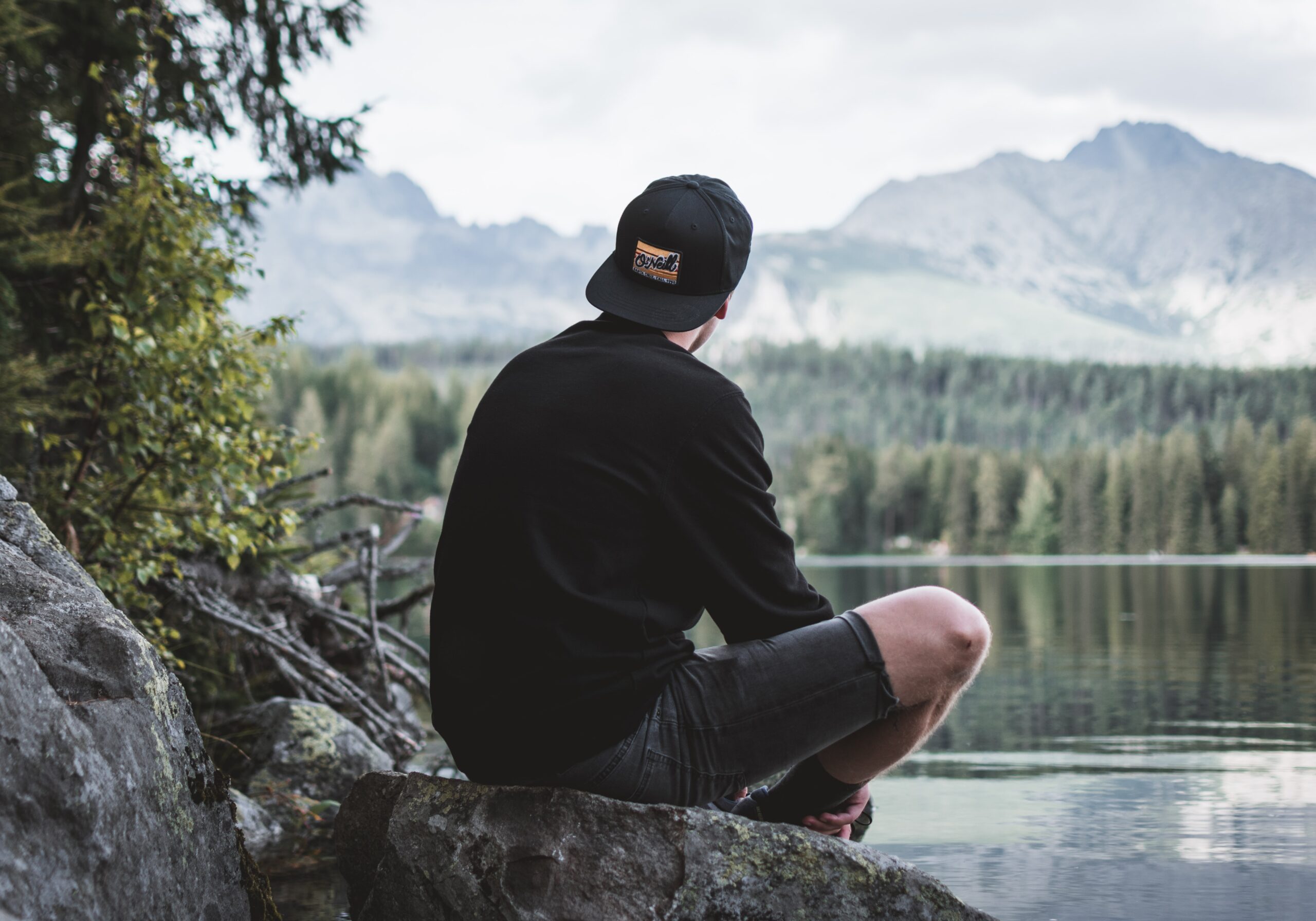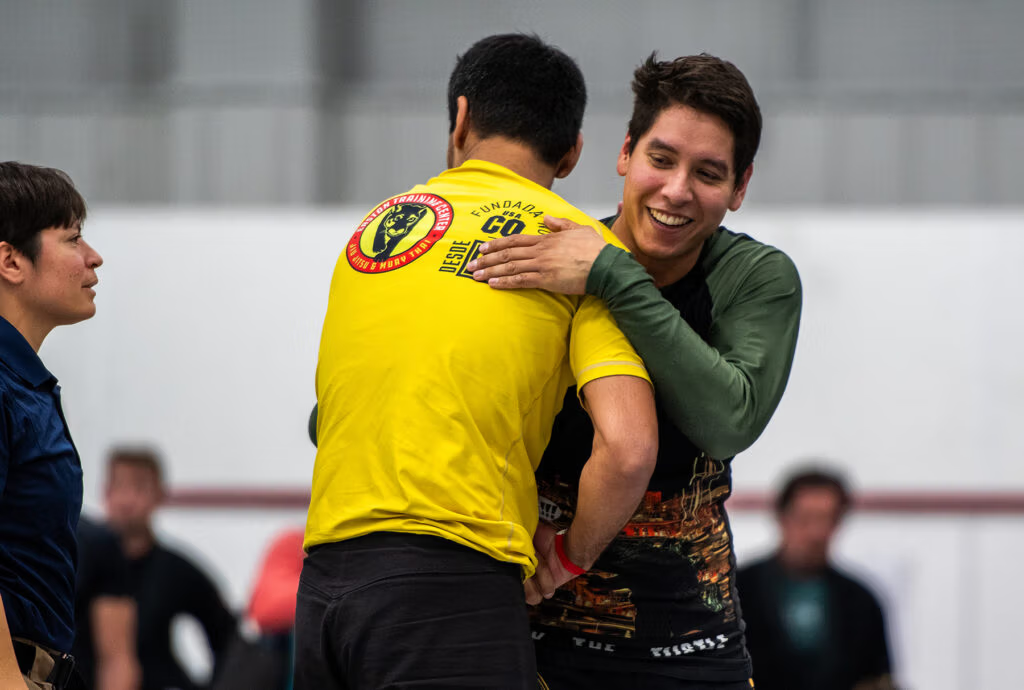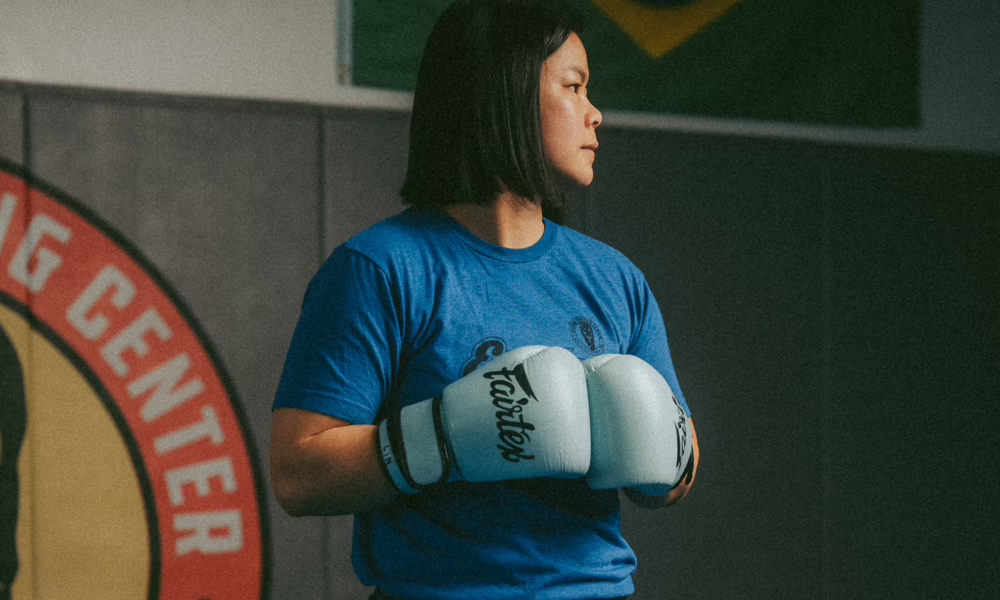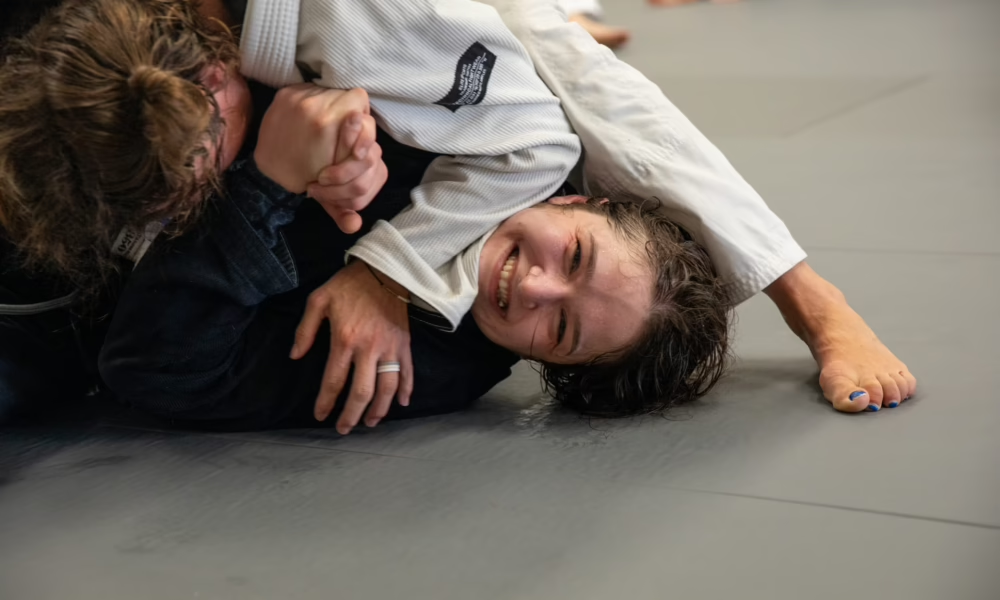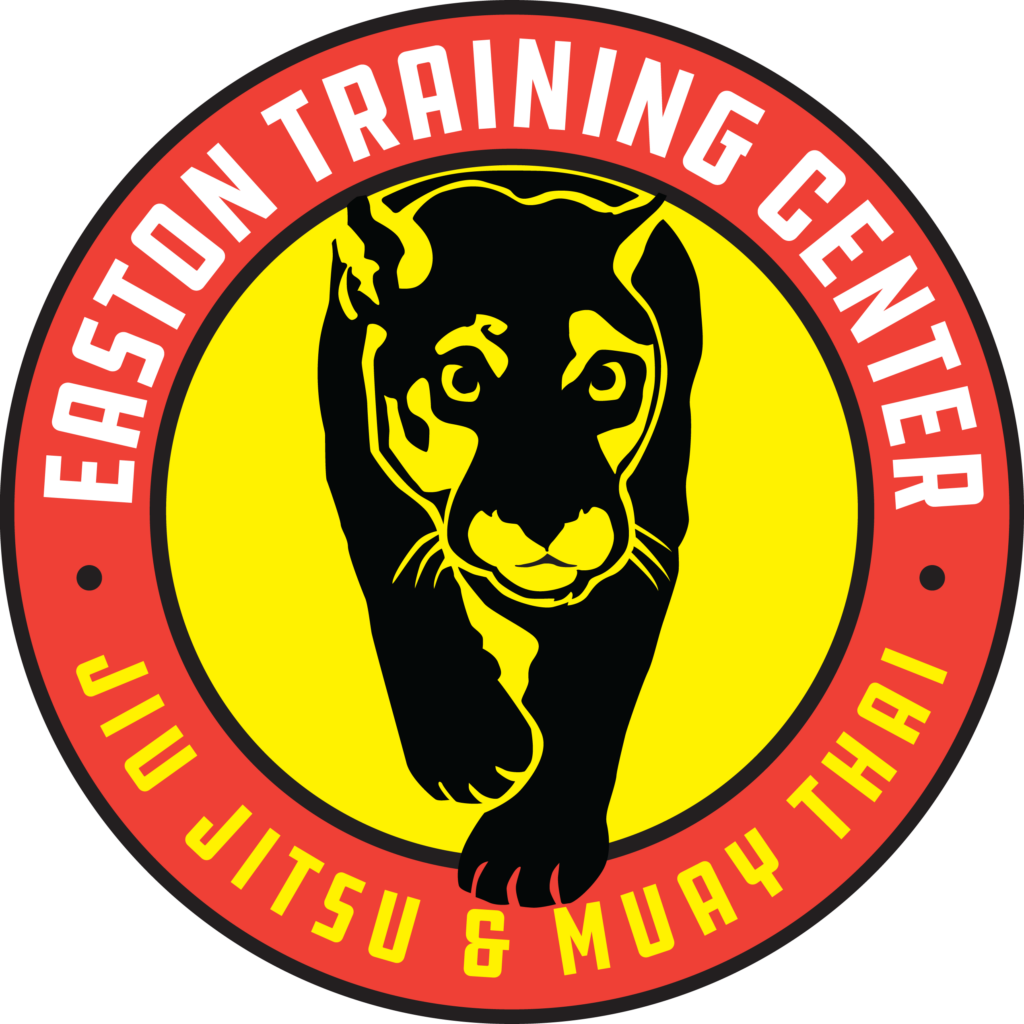The top priority was to sit every morning, he said.
Even if only for three minutes. Even if it felt like nothing was happening. Sit as long as possible without opening your eyes or getting up. Once you do, let yourself be done.
An editor and mentor told me that. He had meditated every day for over 20 years and lived in a Buddhist temple at one point.
Working with him I learned a lot; he calmly slashed my words and shaved my work to the bone. The sharpness of mind required to keep up with his posed a new challenge for me, with the biggest critique always coming down to seeing clearly.
I’d frequently get stuck on the surface of a story, throwing myself headfirst down the first colorful angle with no root. I’d jump on task without actually understanding where I was headed, and consequently waste countless hours (and money) on useless reporting and copy.
If I had slowed down and taken more breaths, I could have avoided much of the floundering. As the title implies, this post presents a view on meditation – and this view begins with “why.”
Many of us crave simplicity. We crave calm – for our thoughts to cease spinning and orchestrate themselves into something more helpful, or at least stay still long enough to take a breath. We want space – in our lungs, in between our shoulder blades, between breakfast and lunch.
Then we could finally focus on the bigger picture – the things that really matter.
Why is it so hard to sit?
We definitely understand the benefits of meditation – even if just distantly enamored by it through tales like Liz Gilbert’s stories at the ashram; but then, why is it so hard? It’s just sitting, after all.
[LOL.] Does anyone remember 2020?
One thing we learned that year – for many of us, being alone with our thoughts is terrifying. We much prefer to have a running list of errands, places to go and people to see. We’re woke, we’re connected to each other, we live outside our heads and in the “real world,” (we say.)
We’re productive and busy – coming, going, rushed and hustling. What? Can’t hear you, too busy thriving.

But the work proves never-ending, and how satisfied are we?
“Being alone – or facing great uncertainty — can be among the hardest things to do,” writes Paul Hagey in When the Ground Shakes, his 2020 essay about the importance of working to see things as they are.
“When habits and routines are stripped away, the persistent question of what does this all mean can jump in our faces.”
In March of 2020, many of us found ourselves with no one but ourselves and our thoughts. It came in waves – first a wave of panic, glee, then stillness, and another wave of self-reflection. (Self-obliteration aside.)
Not many were ready to sit with themselves at length; silence can show us pieces of ourselves we’re not always ready to see. When the surface of the mind stops rippling, we begin to see what’s underneath.
In short, it’s not the actual sitting that’s hard. We’ve all had to suffer through eight hours at a desk. It’s the looking at ourselves that poses the problem.
[Simplify Life by Focusing Your Energy]
One thing only
Hearing of its benefits and beckoned by its elusive zen allure, we’ve all tried it at least once. Or we’ve tried to try it. Maybe you created a special space in your home or attempted to set an alarm.
Or perhaps you even dove down the rabbit hole to study everything you could find about meditation, learning Sanskrit to pour over ancient writings.
But none of this prep really matters, if you aren’t actually sitting.
If you’re not sitting, you’re not doing the work. You’re learning about meditation, but you’re not allowing it to change you.
The sitting is the hardest part.
Try this simple exercise and if it doesn’t bother you, try it for longer:
Find a quiet place in your home, and set a timer for three minutes.
Sit on the ground, or on a chair, and close your eyes. Imagine a string pulling up from the crown of your head, connecting you to the ceiling and pulling right into the sky.
Release all tension from your shoulders, your jaw, your eyes and your tongue.
Allow each breath you take to fill up your entire torso, expanding to the back of your ribs and on each out-breath, imagine all of that air deposit to your veins, running down your arms and legs to the very tips of you.
Thoughts will come, but continue to drive your focus through your breath, cycling into your ribs and through your veins – feeling each cell on the surface of your skin receive the oxygen.
Don’t get up until your timer goes off.
And don’t have any expectations for how this will go. Just repeat it again tomorrow.
“You may notice a sense of calm,” writes Paul in When the Ground Shakes, “a compulsion to address lingering projects or issues, find compassion for yourself and others spontaneously arise and make decisions that improve your life. You may not.”
